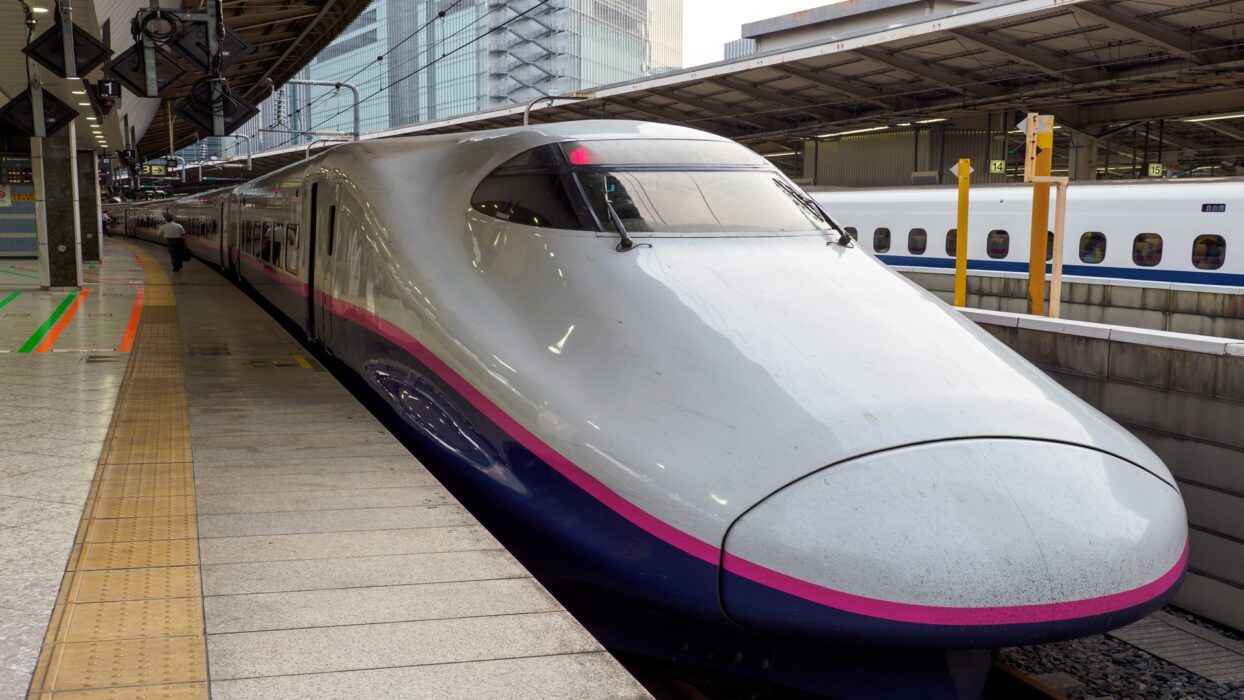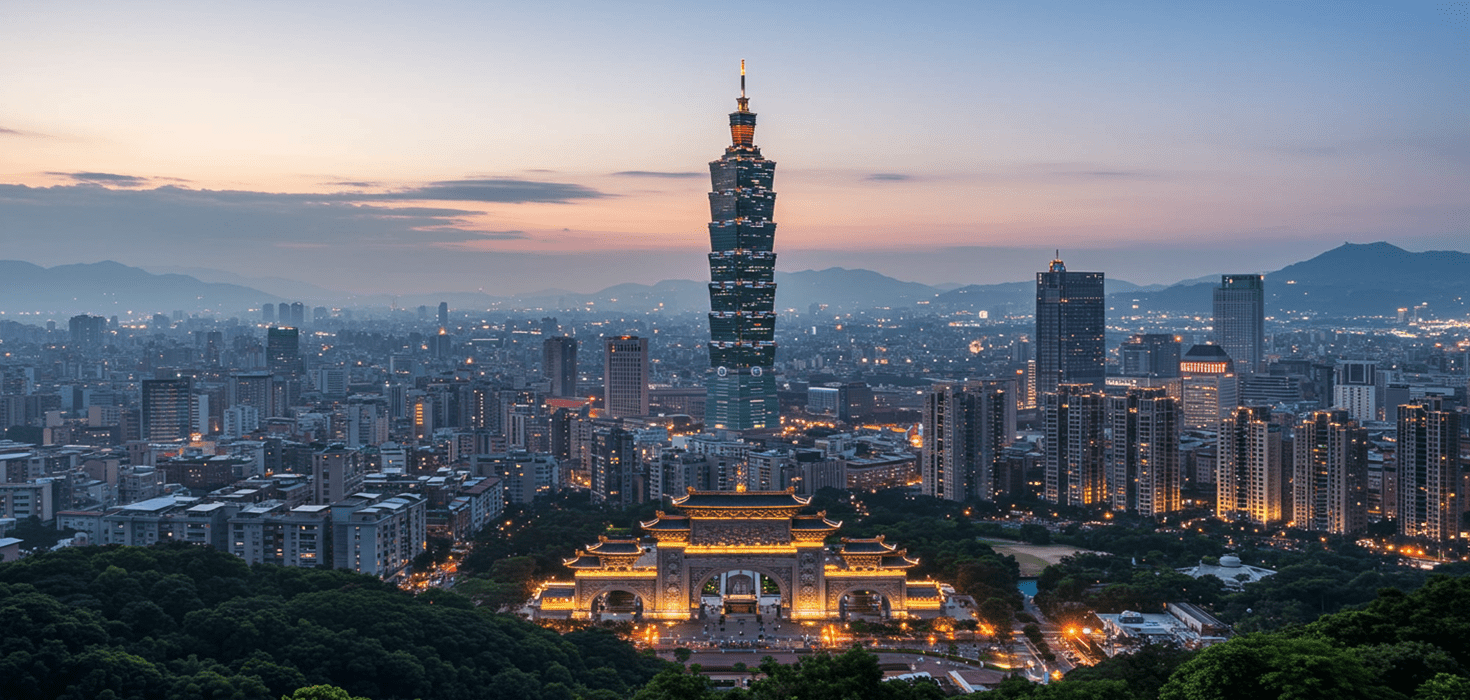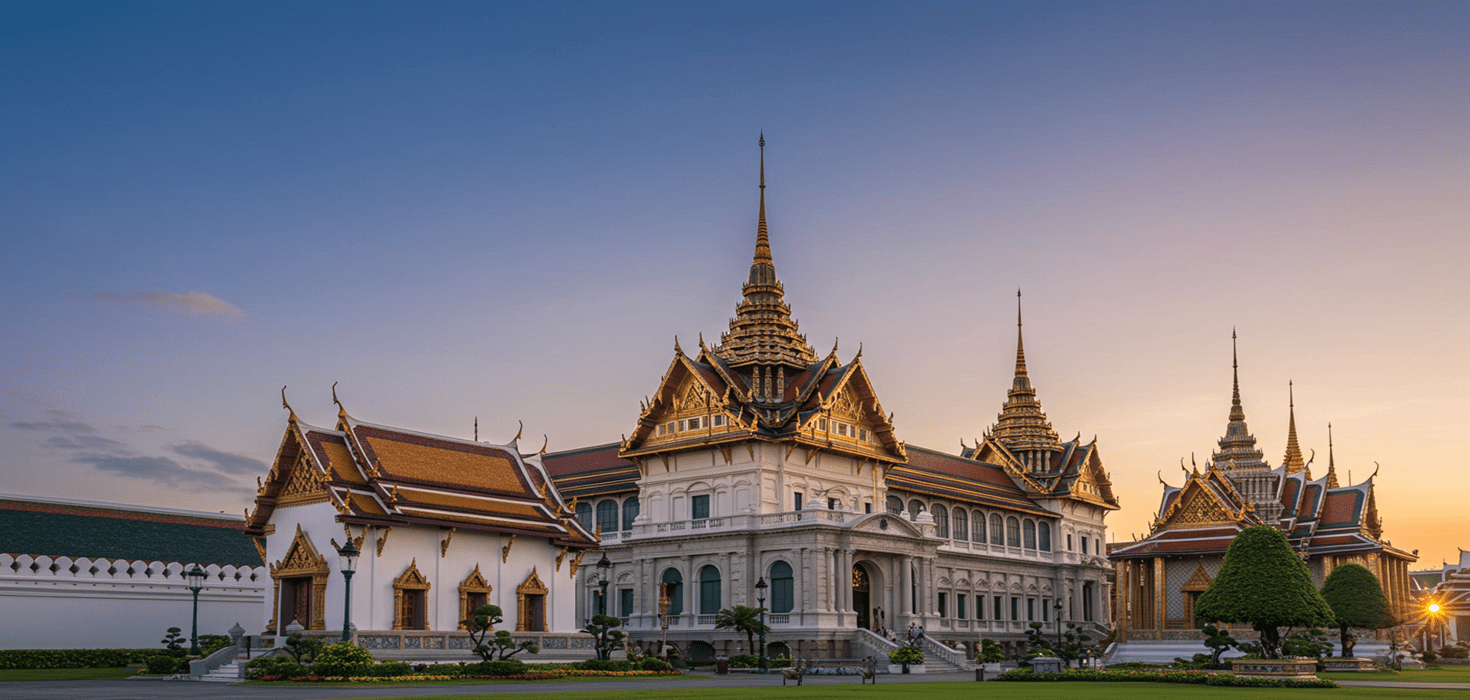Introduction
Welcome to Gotokuji Temple, a hidden gem in the heart of Tokyo that beckons cat lovers and cultural enthusiasts alike! This enchanting temple, often dubbed the Gotokuji Cat Temple, is not just a sanctuary for feline fans; it’s a serene escape that offers a glimpse into the rich tapestry of Japanese culture. With its unique connection to the beloved Maneki-neko legend, the temple is adorned with countless cat figurines, each one a symbol of good fortune and prosperity. As you step into this tranquil haven, you’re greeted by a peaceful ambiance that invites you to slow down and soak in the beauty of your surroundings.
Discovering Gotokuji Temple: A Cat Lover’s Dream
Nestled in the quiet neighborhood of Setagaya, Gotokuji Temple is a delightful blend of spirituality and whimsy. The temple grounds are adorned with lush greenery, creating a serene atmosphere that feels worlds away from the bustling streets of Tokyo. As you wander through the temple, you’ll find that it holds a special place in Japanese culture. The temple’s history dates back to the Edo period, and it has become a beloved site for those seeking both spiritual solace and a connection to the feline friends that are so cherished in Japan.
What sets Gotokuji apart from other temples in Tokyo is its captivating focus on the Maneki-neko. Unlike the more famous temples that draw crowds for their grand architecture or historical significance, Gotokuji’s charm lies in its playful spirit. The temple is filled with thousands of Maneki-neko statues, each one with its own unique character and story. Visitors can often be found snapping photos with these adorable figurines, making it one of the best cat temples in Tokyo for a fun and memorable experience.
As you stroll through the temple grounds, you’ll encounter peaceful pathways lined with stone lanterns, ancient trees, and, of course, the iconic cat statues that have made this place a must-visit. The gentle sound of wind chimes and the soft rustle of leaves create an atmosphere that feels both magical and calming. Whether you’re a cat lover or simply someone looking to explore a unique aspect of Japanese culture, Gotokuji Temple is sure to leave a lasting impression.
The Enchanting History of Gotokuji Temple and the Maneki-neko
Gotokuji Temple is steeped in history, with tales that date back to the 17th century. Legend has it that the temple was founded by a priest who rescued a stray cat. This cat, in return for the priest’s kindness, raised its paw and guided a lost traveler to the temple, leading to a series of fortunate events. This act of feline loyalty gave birth to the Maneki-neko legend, symbolizing good luck and prosperity.
As you explore the temple, you’ll notice that the Gotokuji Temple history is intricately tied to the evolution of the Maneki-neko. Initially, these charming cat figurines were simple talismans, but over the years, they have transformed into a cultural icon recognized worldwide. Each Maneki-neko is typically depicted with one paw raised, inviting prosperity and good fortune to its owner. At Gotokuji, you’ll find countless variations of this beloved cat, each one telling its own story.
The temple has undergone various transformations over the centuries, surviving fires and natural disasters, yet it has always remained a haven for those seeking blessings and good fortune. Today, Gotokuji Temple stands as a testament to the enduring bond between humans and cats, making it a significant site for both spiritual reflection and cultural appreciation.
As you wander through the grounds, take a moment to reflect on the stories that these ancient walls hold. The juxtaposition of serene spirituality and playful cat imagery creates a unique atmosphere that is both uplifting and delightful. The temple is not just a place of worship; it’s a celebration of the special connection between people and their feline companions.
Visiting Gotokuji Temple: Your Ultimate Travel Guide
Ready to plan your visit to Gotokuji Temple? This enchanting destination is not just about the adorable Maneki-neko statues; it’s a full experience that combines spirituality, culture, and a sprinkle of feline magic! Here’s everything you need to know to make the most of your trip.
Getting There: Directions and Transportation Options
Gotokuji Temple is conveniently located in the Setagaya ward, making it accessible from various parts of Tokyo. The easiest way to reach the temple is by taking the Odakyu Line to Gotokuji Station. From there, it’s just a short 10-minute stroll through the charming streets of the neighborhood. Alternatively, you can hop on the Keio Inokashira Line and get off at Shimo-Takaido Station, which is about a 15-minute walk away.
For those who prefer buses, the Setagaya Bus also has routes that stop near the temple. Just check the local bus schedules for the most convenient options. And if you’re feeling adventurous, why not rent a bicycle and explore the area at your own pace? Cycling through the peaceful streets of Setagaya is a delightful way to soak in the local charm!
Accessibility Options
Gotokuji Temple is generally accessible for visitors with mobility challenges. The paths around the temple are mostly flat, and there are benches scattered throughout the grounds for resting. However, some areas may have uneven terrain, so it’s a good idea to wear comfortable shoes. If you need assistance, don’t hesitate to ask the friendly staff on-site!
Capturing the Magic: Photography Spots at Gotokuji Temple
Get your cameras ready! Gotokuji Temple is a photographer’s paradise, with countless picturesque spots to capture the beauty of both the temple and its feline friends. Here are some must-visit spots:
1. The Main Hall
The main hall, or Hondo, is a stunning architectural feature that serves as the focal point of the temple grounds. Snap a photo with the intricate wooden details and the serene backdrop of lush greenery.
2. The Cat Shrine
Don’t miss the small shrine dedicated to the Maneki-neko. This spot is filled with hundreds of cat figurines, creating a whimsical scene that’s perfect for Instagram! Capture the essence of good fortune with a photo amidst the colorful cat statues.
3. The Stone Lanterns
The pathways lined with traditional stone lanterns create a magical atmosphere, especially in the soft glow of the evening light. Make sure to capture a few shots as you stroll along these charming paths.
As you take your photos, remember to be respectful of the temple’s peaceful ambiance. Share your stunning captures on social media and tag them with #GotokujiTemple to connect with fellow cat lovers around the world!
Engaging with Tradition: Rituals and Practices at Gotokuji Temple
Visiting Gotokuji Temple is not just about admiring the lovely Maneki-neko statues; it’s also an opportunity to engage with Japanese traditions and rituals. Here’s how you can immerse yourself in the spiritual experience:
Writing Wishes
One of the most popular practices at Gotokuji is writing your wishes on small pieces of paper or wooden plaques called ema. You can find a designated area where visitors hang their ema, hoping for their dreams to come true. Why not write a wish for good fortune or success and join in this beautiful tradition?
Returning the Figurines
Another unique ritual is the return of Maneki-neko figurines. If you’ve received a cat statue as a gift or purchased one during your visit, you can bring it back to the temple as a gesture of gratitude. This practice symbolizes the return of good fortune and blessings, making it a heartfelt way to connect with the temple’s spirit.
Many visitors share their experiences of participating in these rituals, often leaving with a sense of peace and fulfillment. So, don’t miss the chance to engage with the temple’s traditions and create your own special memories!
Culinary Delights: Cat-Themed Treats Near Gotokuji Temple
After exploring the temple, you’ll likely work up an appetite. Luckily, the area around Gotokuji Temple is home to some delightful cafes and bakeries that cater to cat lovers! Here are a few spots you shouldn’t miss:
1. Cat Café MoCHA
Just a short walk from the temple, Cat Café MoCHA is a paradise for cat enthusiasts. Relax with a cup of coffee while you cuddle with the resident cats. The café boasts a cozy atmosphere and even offers cat-themed snacks! Don’t forget to snap a few selfies with your furry companions.
2. Neko no Jikan
If you’re in the mood for some sweet treats, head over to Neko no Jikan. This charming bakery specializes in cat-shaped cookies and pastries that are as cute as they are delicious. Try their famous Maneki-neko cookies, perfect for souvenirs or a delightful snack!
3. Local Tea Houses
For a more traditional experience, visit one of the nearby tea houses. Enjoy a calming cup of matcha or a refreshing iced tea while soaking in the serene surroundings. Pair your drink with a seasonal dessert for a truly delightful afternoon.
These culinary stops provide the perfect way to unwind after your visit to Gotokuji Temple. Whether you’re looking for a cozy café or a sweet treat, the area has something special for every cat lover!
Seasonal Events and Festivals at Gotokuji Temple
Gotokuji Temple comes alive with various seasonal events and festivals that celebrate the beloved Maneki-neko and the spirit of cats in Japanese culture. Here are some highlights:
1. Cat Blessing Ceremony
One of the most popular events is the annual Cat Blessing Ceremony, held in early February. Visitors can bring their own cat figurines to be blessed by the temple priests, ensuring a year filled with good fortune. This event attracts cat lovers from all around Tokyo, creating a festive atmosphere!
2. Spring Festival
During the spring season, Gotokuji Temple hosts a vibrant festival featuring traditional performances, food stalls, and activities for families. It’s a fantastic opportunity to experience local culture while enjoying the beautiful cherry blossoms that adorn the temple grounds.
3. Special Exhibitions
Keep an eye out for temporary exhibitions showcasing unique Maneki-neko designs and art installations. These exhibitions often highlight the creative interpretations of the beloved cat and provide a fascinating glimpse into contemporary Japanese culture.
Visiting during these events enhances your experience at Gotokuji Temple, allowing you to connect with the community and celebrate the joy that cats bring to our lives!
Exploring the Neighborhood: Hidden Gems Around Gotokuji Temple
After soaking in the serene beauty of Gotokuji Temple, take some time to explore the charming neighborhood of Setagaya. Here are a few hidden gems that will make your visit even more memorable:
1. Setagaya Park
A short walk from the temple, Setagaya Park is a lovely green space perfect for a leisurely stroll or a picnic. The park features beautiful gardens, ponds, and even a small playground. It’s an ideal spot to relax and enjoy the natural beauty of Tokyo.
2. Local Art Galleries
Setagaya is home to several small art galleries showcasing local artists. Take a break from the bustling city and immerse yourself in the local art scene. Many galleries offer free entry, allowing you to appreciate the creativity of the neighborhood.
3. Traditional Shops
Wander through the quaint streets and discover traditional shops selling handmade crafts, ceramics, and local delicacies. These unique stores offer a glimpse into the craftsmanship of the area and are perfect for picking up special souvenirs to remember your trip.
Exploring the surrounding neighborhood adds an extra layer of charm to your visit to Gotokuji Temple. You’ll find that Setagaya has its own unique character, making it a delightful place to spend the day!
Practical Information for Travelers: Tips and Essentials
Before you head out to Gotokuji Temple, here are some practical tips to ensure a smooth visit:
Opening Hours
Gotokuji Temple is open daily from 6 AM to 5 PM. Arriving early allows you to enjoy the tranquility of the temple before the crowds arrive.
Admission Fees
Visiting Gotokuji Temple is free of charge, making it an accessible destination for everyone. Donations are appreciated to help maintain the temple and its beautiful grounds.
Temple Etiquette
As with any sacred space, it’s essential to be respectful during your visit. Speak softly, avoid loud laughter, and be mindful of others who may be seeking peace and reflection. When taking photos, ensure you’re not disrupting any rituals or ceremonies taking place.
With these tips in mind, you’re all set for an unforgettable visit to Gotokuji Temple!
Transportation Tips: Getting to and from Gotokuji Temple
Getting to Gotokuji Temple is a breeze, but here are a few tips to make your journey even smoother:
From Shinjuku Station
Take the Odakyu Line from Shinjuku Station to Gotokuji Station. The journey takes about 20 minutes, and you’ll be greeted by the charm of Setagaya as soon as you step off the train!
From Shibuya Station
Hop on the Keio Inokashira Line from Shibuya Station to Shimo-Takaido Station. From there, it’s a pleasant 15-minute walk to the temple.
Alternative Routes
If you’re feeling adventurous, consider taking a scenic route by walking or cycling through the surrounding neighborhoods. You might stumble upon hidden cafes or local shops that add to your Tokyo experience!
Fun Facts About Gotokuji Temple and Japanese Cat Culture
Did you know that Gotokuji Temple is not just famous for its Maneki-neko statues, but also for its unique place in Japanese culture? Here are some fun facts:
1. The Origin of the Maneki-neko
The Maneki-neko is believed to have originated in Japan during the Edo period. Its raised paw is said to beckon good fortune and prosperity, making it a popular talisman in homes and businesses.
2. The Cat’s Role in Japanese Folklore
Cats have been revered in Japanese culture for centuries. They are often seen as protectors against evil spirits and bringers of good luck. This cultural significance is beautifully reflected in the many cat-themed attractions found throughout Japan.
3. Gotokuji’s Unique Variations
At Gotokuji Temple, you’ll find a variety of Maneki-neko designs, each representing different wishes, such as health, wealth, and happiness. Collectors often visit the temple to find their favorite designs!
These fun facts not only enhance your visit but also deepen your appreciation for the rich cultural tapestry that surrounds Gotokuji Temple.
Commonly Asked Questions (FAQs) About Gotokuji Temple
Here are some frequently asked questions to help you prepare for your visit to Gotokuji Temple:
What are the best times to visit Gotokuji Temple?
The temple is beautiful year-round, but visiting during the cherry blossom season in spring or the vibrant foliage of autumn offers stunning scenery. Early mornings are also ideal for avoiding crowds.
Is Gotokuji Temple pet-friendly?
While pets are not allowed within the temple grounds, the surrounding neighborhood is pet-friendly, and you can find nearby parks to enjoy with your furry friends.
Are there any nearby attractions worth visiting?
Absolutely! Along with Setagaya Park, you can explore local art galleries and traditional shops. The nearby Setagaya Art Museum is also worth a visit for art lovers!
These FAQs cover common concerns and provide helpful information for a seamless visit to Gotokuji Temple.
With its unique blend of culture, spirituality, and feline charm, Gotokuji Temple is a must-visit destination for anyone traveling to Tokyo. Whether you’re a cat lover or simply seeking a peaceful retreat, this hidden gem promises an unforgettable experience. So, pack your bags, grab your camera, and get ready to explore the enchanting world of Gotokuji Temple!










